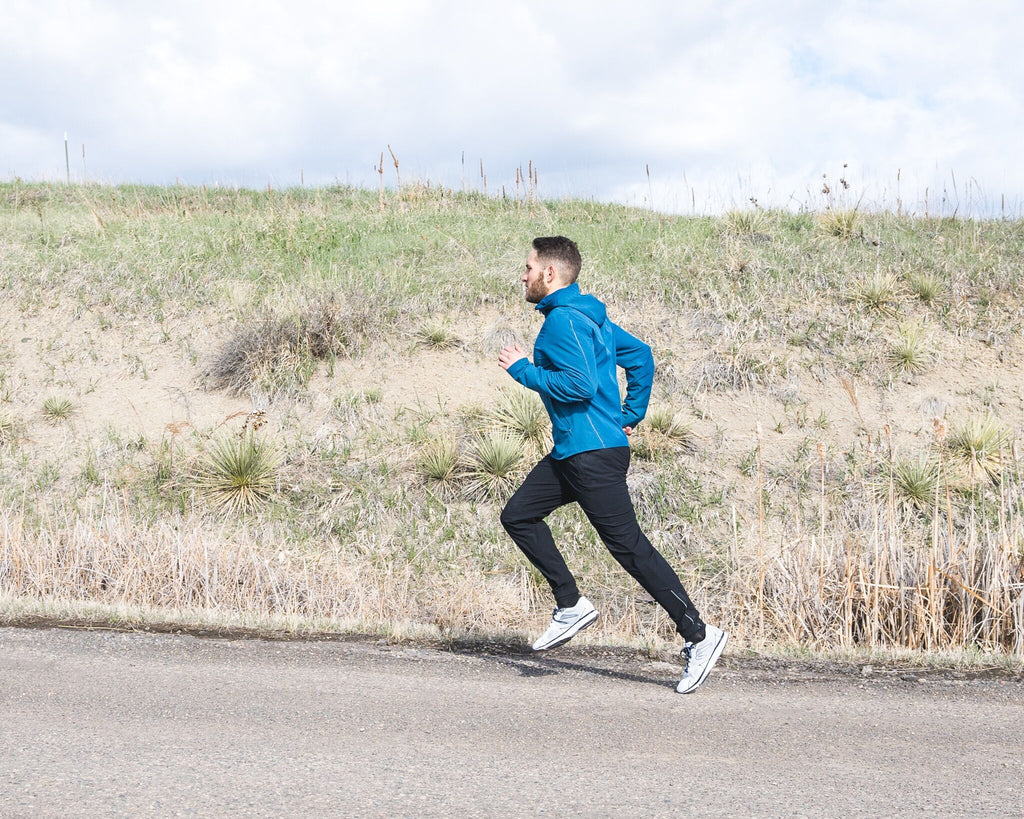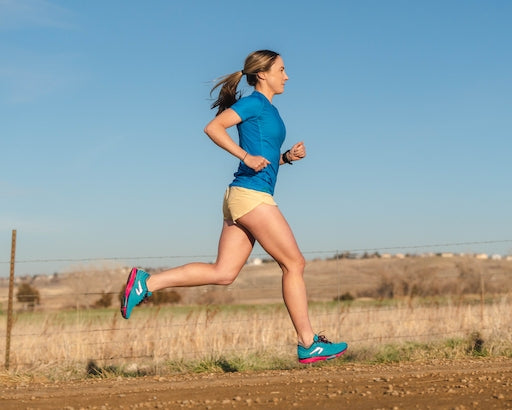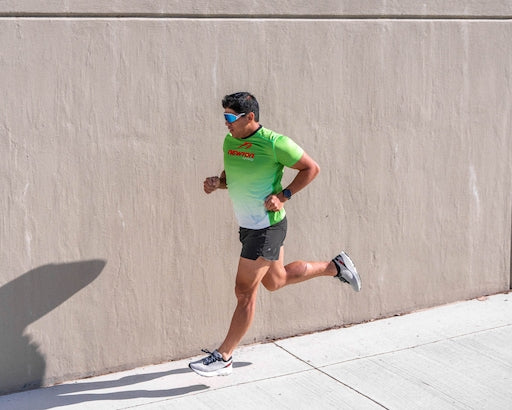
Healthy Running: Creating a Solid Foundation
10 January 2020
A foundation is the element of an architectural structure that connects it to the ground, and transfers loads from the structure to the ground.
When it comes to our bodies and our ability to maintain health as runners, a solid foundation is essential. Let me introduce some terms:
Big Picture Posture- Long straight spine, neutral shoulders and hips, and feet pointed forward.
Neutral Horizon- Eyes and ears level.
Wobble- The effects of having a structural imbalance and the compensations that result.
Common Postural Collapse- Head forward, rotation to the pelvis, internal rotation to the shoulders and external rotation to the hips.
In order for our joints to remain healthy and able to respond to the stress we place on them through our normal daily activities, we need structural integrity. If we use our homes as an example: if your foundation is sinking, it’s easy to understand that the effects could involve the roof. It’s simple geometry; an increased angle on one end of the structure will change the stress placed on the other end. If our feet and ankles are not properly supported and the angle of our ankle and foot are increased, you will see change higher up. How high up? Remember the term Neutral Horizon, eyes and ears level? If compromise to the foot and ankle are significant enough, it will cause increased rotation to the knee. If the knee is rotated, the pelvis will follow. If the pelvis is not balanced the shoulders will compensate. If the shoulders are uneven the head will lean the other way to get back to Neutral Horizon.
For a runner, an unsupported foot can lead to excessive stress on the knee or even on the plantar fascia itself. You may have caught some of the buzz in the past few years about minimal footwear or even barefoot running. Why are we worried about supporting the foot if being barefoot is supposed to be good for you? In an ideal world the foot would be structurally sound and able to provide its own support. However, few people are in this situation. Most people need at least a good arch to support the foot longitudinally. If the arch is collapsed or unsupported it will cause excessive pronation of the hind foot and ankle. This is the perfect place to form a Wobble. A Wobble can then go on to involve other structures higher up. In addition to good arch support, the foot needs proper room for the toes to spread. Footwear that is too narrow or that squeezes the toes together will prevent the foot from spreading. Having room for the foot to spread is essential to absorb impact. If the foot can spread it will attenuate shock and absorb more impact than the cushion of the shoe itself. Footwear that is too rigid will not allow the front of the foot and the back of the foot/ hind foot to move independently. If the forefoot and the hind foot are grouped, it will cause external rotation of the hip and late stage pronation. This is often a contributing cause of bunion formation.
In addition to proper footwear, some people require a custom insole or orthotic. Over the counter insoles can provide good arch support if there are not other biomechanical complications. If the angle of the hind foot has reached the point of navicular drop or excessive pronation, then a custom orthotic is needed. All orthotics are not created equal! In order for an orthotic to support the foot as well as allow for proper mechanics, it should be firm and flexible. Orthotics that are too hard and ridged often cause other compensations higher up the chain at the knee and hip. The process of casting is also very important. In order to correct alignment of the foot, casting should be done in a non-weight bearing position and the hind foot should be placed in subtalar neutral. If the orthotic is casted with the patient standing, it will reflect the compromised biomechanics.
It is also important to work on strengthening the foot and training the stretch receptors to properly react to positional changes. Standing on one foot in a doorway will keep you safe from falling, but will help train your proprioceptors to react to positional change. Proprioception means "sense of self". In the limbs, the proprioceptors are sensors that provide information about joint angle, muscle length, and muscle tension, which is integrated to give information about the position of the limb in space. The muscle spindle is one type of proprioceptor that provides information about changes in muscle length. The Golgi tendon organ is another type of proprioceptor that provides information about changes in muscle tension. If these receptors are not stimulated regularly they stop working. Without this feedback, proper muscle and tendon length on tension will not be maintained.
In order to maintain good orthopedic health we need to take care of our feet. Wear quality shoes that provide the correct level of support. Get fit for a custom orthotic if the foot needs biomechanical correction and actively work on improving proprioception. If we start with a solid foundation, we then have something to build on.
Enjoy the Run!
Douglas Bertram, CEO and Founder of Structural Elements®

Newton Running and Structural Elements®, (se) ®, partnered to enhance the wellness, education and health of runners worldwide. Structural Elements, is a unique wellness brand offering a transformative and therapeutic approach that focuses on how the body functions.
The name Structural Elements® refers to the proprietary method Bertram developed as an acupuncturist. Operating on the fundamental belief that the body is a single unit, Bertram developed a mapping technique locating patterns of focal adhesions in response to mechanical stress. Structural Elements® practitioners, also referred to as body engineers, can be practicing physical therapists, chiropractors, acupuncturists and osteopathic physicians alike.

